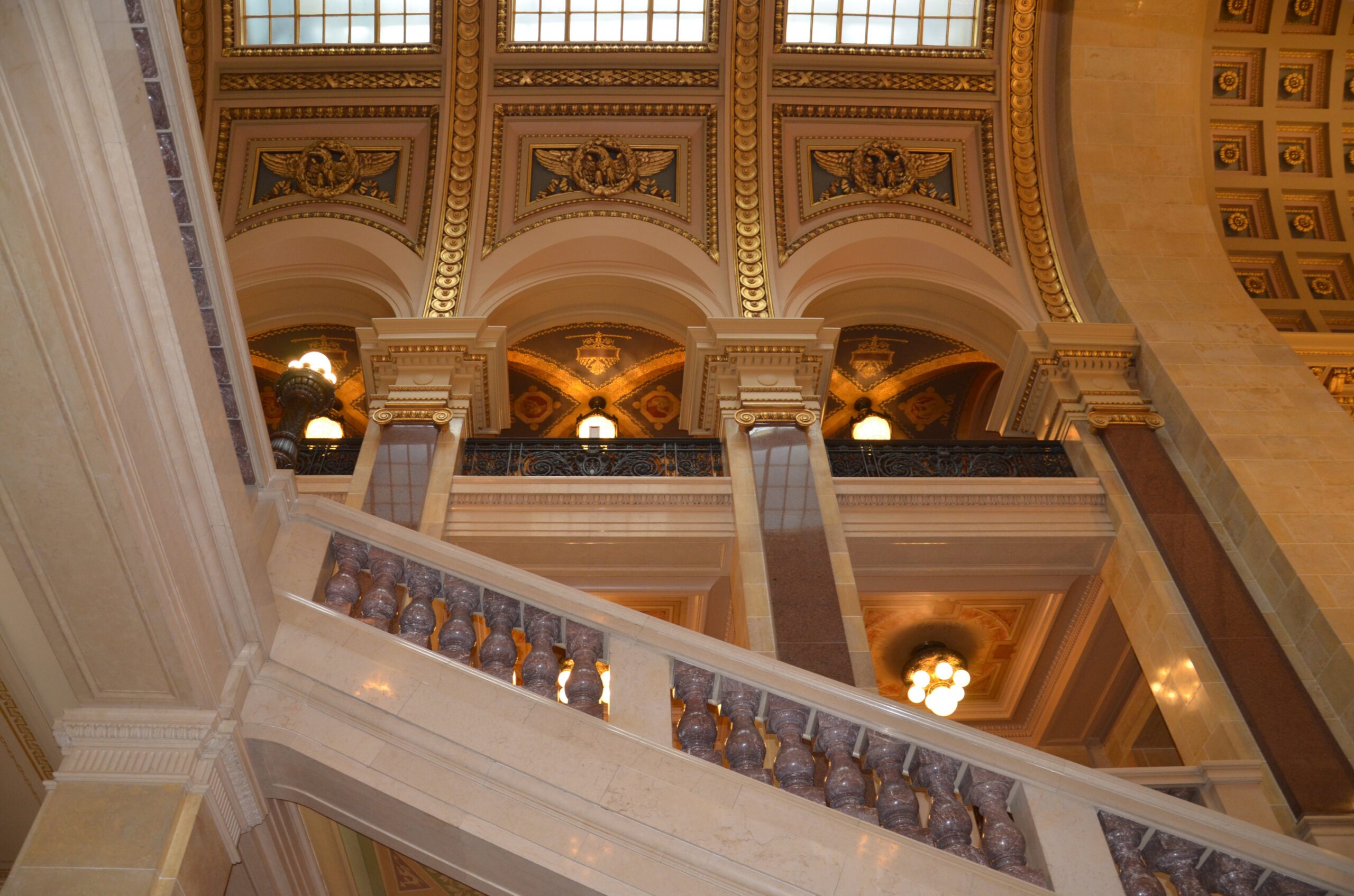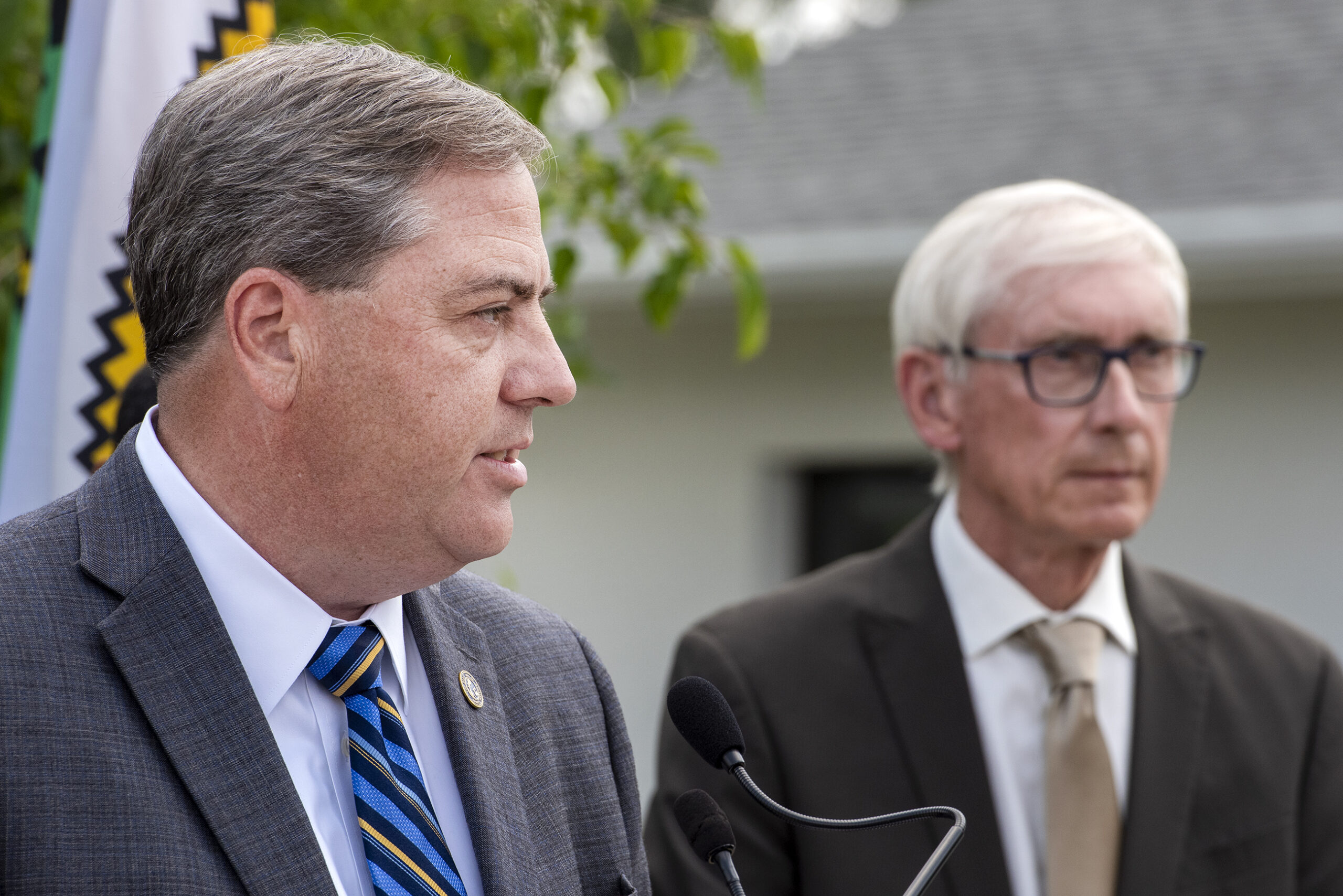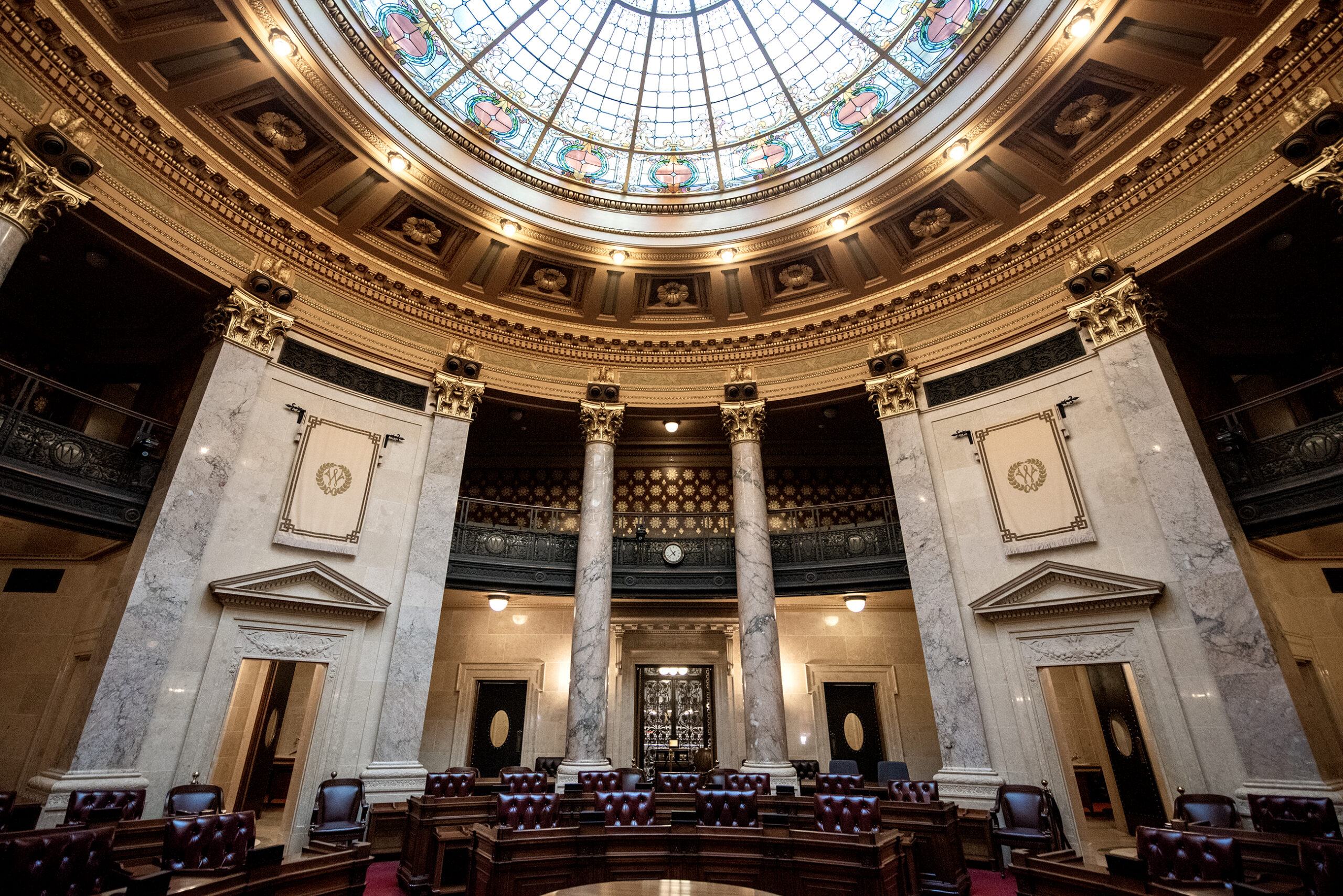Wisconsin state government is expected to take in $818 million more in tax revenue than previously expected, according to a new estimate by the Legislature’s nonpartisan budget office.
The projection released Thursday by the Legislative Fiscal Bureau would leave the state with a balance of about $705 million at the end of the current two-year budget cycle. That’s about $450 million more than was originally projected.
The announcement spurred immediate suggestions from Republicans and Democrats on how to use the money with time running out in the legislative session and an election on the horizon.
Stay informed on the latest news
Sign up for WPR’s email newsletter.
Senate Majority Leader Scott Fitzgerald, R-Juneau, said the Legislature should use the money to cut property taxes.
“Once again, Wisconsin’s budget has run a massive surplus,” Fitzgerald said in a statement. “After money has been set aside in the rainy-day fund, the Legislature should prioritize giving that money back to Wisconsin families in the form of a property tax cut. I will continue to work on the scope of the proposal in the coming weeks so that we can address the issue before adjourning in March.”
Assembly Speaker Robin Vos, R-Rochester, also floated the prospect of a tax cut.
“I look forward to working with my colleagues on a plan to pay down debt or reduce taxes,” Vos said in a statement.
Democratic Assembly Minority Leader Gordon Hintz said other initiatives, like school-based mental health care, should take higher priority.
“These new state revenues should be used for areas of urgent need,” Hintz said in a statement. “There has been bipartisan agreement about the issue of school-based mental health care. Gov. Evers called for the Legislature to act on additional funding in December after incidents at high schools in Oshkosh and Waukesha. There must be urgency to get this done. With this new revenue, it is my hope that Republicans will come back to the table to look at funding critical school-based mental health care programs they cut from Governor Evers’ budget.”
Part of what drove the higher projections was higher than expected actual tax collections for the first six months of this budget.
“This is obviously positive for the state,” said Wisconsin Policy Forum research director Jason Stein. “You’re seeing that despite some significant tax cuts in the current budget, you’re continuing to see growth in tax collections and projected tax collections.”
While the Fiscal Bureau is highly regarded by both parties, the numbers are an estimate, meaning they could go up or down if there are changes in the global economy before the current budget cycle ends on June 30, 2021.
Stein said that’s worth considering as the Legislature and governor consider what to do with this money.
“It’s worth remembering that right now we’ve had the longest economic expansion on record in the country and on the one hand,” Stein said, “we can’t just assume that it will end, but you also shouldn’t bank on it continuing forever.”
Some of the increased revenue will trigger an automatic deposit of $409 million in Wisconsin’s budget stabilization fund, commonly referred to as its “rainy day fund.”
While that will leave the fund with about $845 million in the bank at the end of this budget cycle, that pales in comparison to the overall state budget, which is about $83 billion when all sources of funding are included.
Wisconsin Public Radio, © Copyright 2025, Board of Regents of the University of Wisconsin System and Wisconsin Educational Communications Board.





